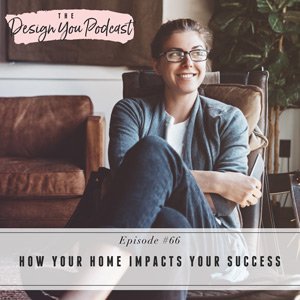
Have you engineered your home or workspace for optimal efficiency and productivity? This week, I want to shine a big old flashlight on a conversation we really need to have if you’re struggling to get the results you want.
This concept is something I am so excited to share with you, and I’m exploring how you can work on your environment to decrease stress while increasing productivity, health and wellness, and your profitability. This could be the reason you’re not having the success you want, and making these tweaks is going to absolutely transform your life.
Listen in this week as I combine all of my passions into one exciting episode and dive into how you can design your home to accelerate your success. I hope you take away some tips from today and start to design your spaces to accommodate and promote activities that will help you be your best, most healthy, and the happiest you’ve ever been.
If you loved this concept and want to keep this conversation going, make sure to join us in our free Design You Podcast community on Facebook! I’m in there with guests of the show and we answer questions you might have and all sorts of other fun things. See you there!





